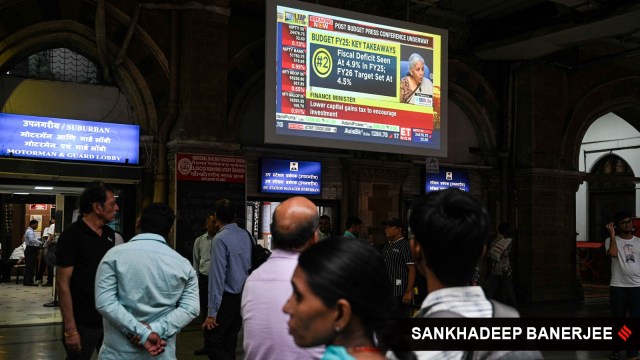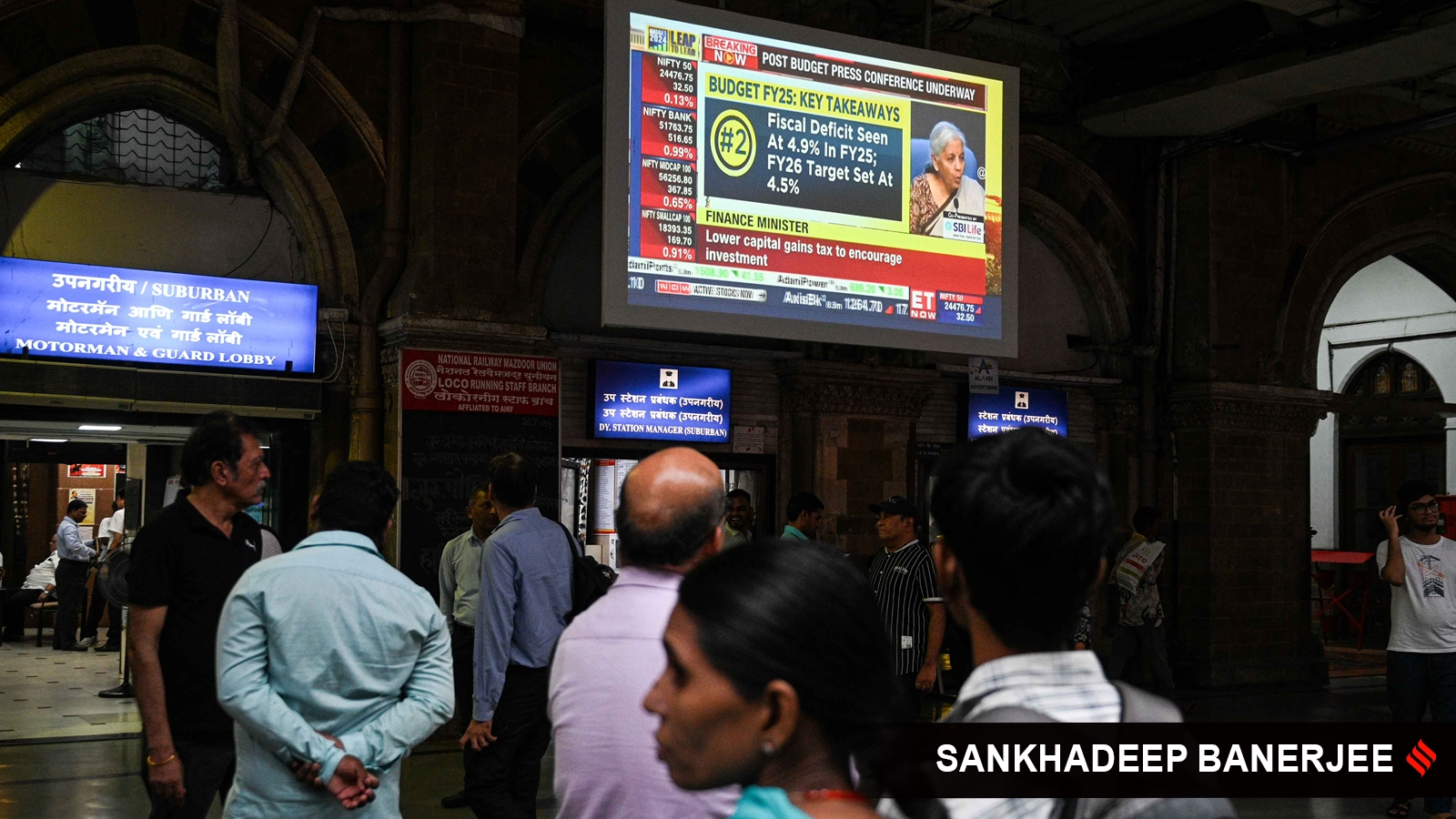
The Union Budget 2024-25 is probably an admission of the various challenges confronting the economy. The Finance Minister started her budget speech by citing two important macro risks — rising global economic uncertainty and global inflation. The upfront mention of these two risks probably underlines how an emerging economy like India is vulnerable to them. The Finance Minister said that despite these risks, India will continue to have resilient growth. The fundamental requirement for such resilience is a stable macroeconomic regime, sustainable debt, buoyant domestic investment, stable inflation and rising consumption demand.
Fiscal stability in an uncertain economic environment is always challenging. However, the complexity of achieving fiscal balance needs to factor in two competing priorities. First, creating the fiscal space for social and development spending. Second, reducing the level of debt. Some key budget numbers in this context may be useful to understand the issue. The total size of the Union Budget 2024-25 is Rs 48.21 lakh crore, up by Rs 3.96 lakh crore from the previous year. What explains this rise?
Out of this increase, interest payments are around Rs 1 lakh crore higher as compared to the previous year, accounting for roughly 25 per cent of the rise. The rest is in central sector schemes (Rs 70,000 crore), centrally sponsored schemes and other central grants and transfers to states. A part of this additionality in transfers to states is also due to the new expenditure scheme allocations provided to Andhra Pradesh and Bihar in lieu of their demand for special-category status. However, as a percentage of GDP, the central expenditure shows a decline from 15.06 per cent of GDP to 14.77 per cent between 2023-24 and 2024-25 (BE). The gross tax revenue of the Union government as a percentage of GDP is expected to remain stagnant at 11.7 during this period and the debt-to-GDP ratio is expected to remain at around 56 per cent.
A faster reduction of debt is critical as the interest burden of the Government of India is now Rs 11.62 lakh crore. When around 25 per cent of the additional increase in expenditure is only due to the interest liability of the government, it is natural for it to prioritise fiscal consolidation over creating fiscal space for non-interest expenditure. However, fiscal consolidation beyond a point can have its own adverse distributional, development and growth consequences. There is a need to rethink the existing framework of fiscal consolidation.
Globally, a reassessment of the conventional wisdom on fiscal rules and the accumulation of public debt is underway. Since the budget is a cash flow accounting in most countries, fixed numerical limits on deficits can make adherence to such rules challenging during macroeconomic uncertainties. Also, as the level of inflation is very high, a large part of the debt may be knocked off by high inflation without a significant reduction in interest outgo from the Budget. This is the case in India also.
Though the debt-to-GDP ratio of the Government of India is set to decline from its COVID peak of 61 per cent in 2020-21 to 56 per cent in 2024-25, the interest payment to GDP ratio remained above 3.5 per cent during this period. This stickiness of interest liability, despite the debt reduction, is acting as a major constraint to increasing development expenditure. A time-bound debt reduction path is critical to reduce the strain of interest burden on the Union Budget. That would also be in conformity with the amendments to the FRBM Act undertaken in 2018. As per these amendments, the government was required to reduce Union debt to 40 per cent of the GDP and general government debt to 60 per cent by March 31, 2025. Though this is not possible given the COVID-19 shock and the consequent rise in the debt ratio, a debt reduction path as a framework of fiscal consolidation is necessary, particularly, in the era of high inflation and large debts. This will ensure greater fiscal prudence.
This Budget has also made several announcements that are in the domain of states, such as the next-generation reforms related to land, labour, capital and use of technology. However, these are complex areas of reforms. For example, encouraging states which charge a lower stamp duty for property registration may not be easy. A similar kind of reform was tried as a part of the Jawaharlal Nehru Urban Renewal Mission. However, the dispersion in rates across states is still very large. This difference in rates is intimately linked to the nature of the property market in individual states, the valuation of land and also their revenue needs. Though the rationalisation of the stamp duty rate is important, it also requires critical reforms in the land market.
The Union government can only act as a facilitator. Experience suggests that these reforms cannot be top-down, driven by the Centre. Carrying out any major reforms in taxes that are in the domain of states would be more challenging now as they have lost substantial fiscal autonomy post the introduction of the Goods and Services Tax. A bottom-up consultative process with the states would be critical for the success of implementation of such reforms. Their success would also depend on Union-state coordination and the willingness of the latter to undertake such reforms without compromising their fiscal autonomy.
The writer is visiting Distinguished Professor at the National Institute of Public Finance and Policy and the vice-chairman of the Institute of Development Studies, Jaipur



